Emojis are a fun way of being expressive and they can convey multiple messages. In recent years a lot of emojis have been added to the official list because these emojis have become important for representing people. Moreover, they also influenced how we interact with each other on many social media platforms. How did Emoji’s become so crucial in the development of our social media and representation of emotions of the people?
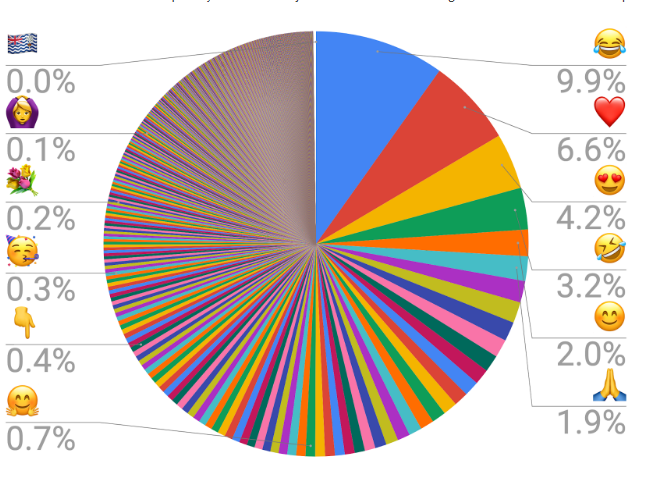

Who Created Emoji ?
There have been many claims of being the first creator of emoji and one of the most popular ones is Shigetaka Kurita, but recent findings suggest otherwise. SoftBank had a set of 90 emojis dated back up to 1997 while Shigetaka Kurita made emojis in 1999. The reason at the time for creating emojis was creating a way that would enable customers to express their feelings or communicate using these emojis and also to show the weather forecast. But Softbank faced issues while creating something from scratch and technological limitations. So how did this Softbank (known as J-Phone back in the days) overcome these obstacles and create one of the most creative yet versatile things that are used daily by us on Facebook, Instagram, Twitter and other social media?
I often think there should exist a special typographical sign for a smile — some sort of concave mark, a supine round bracket
Russian novelist and professor Vladimir Nabokov stated in an interview with The New York Times
Invention Of The First Emoji
SoftBank had created a set of 90 emojis for their J-phone known as the SoftBank emoji set. Hence J-phone is the first ever smartphone to have a typeface having emojis. However, J-phone didn’t become popular due to its high price and things were not high paced like they are today. The collection of emojis created by SoftBank had no colour and were 12-bit images. First launched in 01-11-1997 on the SkyWalker service which was launched in Japan on the DP-211SW mobile phone. May have been the first emoji set in existence.
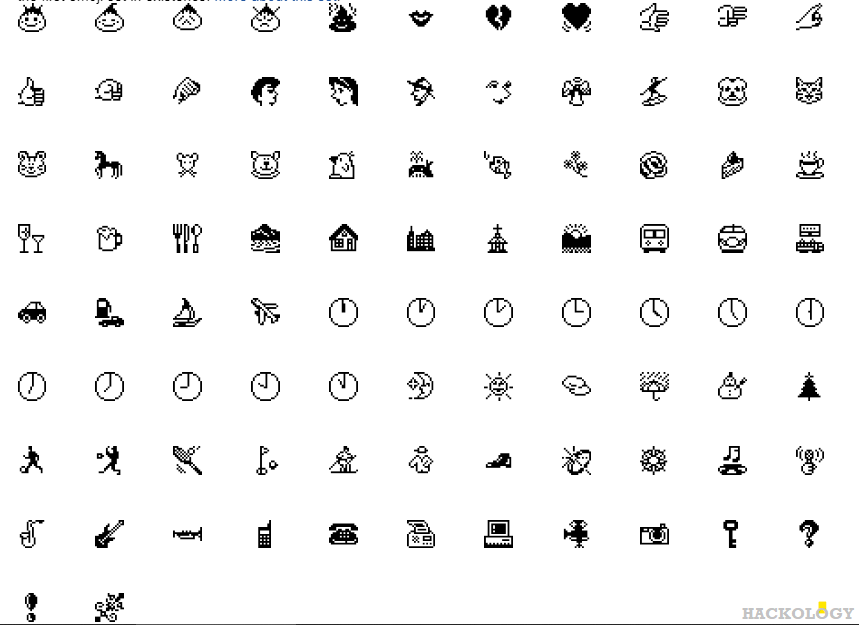

Many of the Emojis we use and see today already existed back in 1997, they only lacked colours as technology wasn’t so advanced back in the day, Pile of Poo emoticon also existed back then.
The Coloured Emoji
In 1999 Japanese artist Shigetaka Kurita was working on the development team of NTT DoCoMo’s i-mode, which was a mobile internet platform popular in Japan. Kurita aimed to create something that would transform a bunch of words into a simple picture making its use fun, easy and expressive. So Kurita sketched 176 images in 12 bit that could be selected by the customer using i-mode’s keyboard interface. They only had six colours—red, orange, lilac, grass green, royal blue, and black. For about a decade these emojis were limited to Japanese companies due to encoding issues.
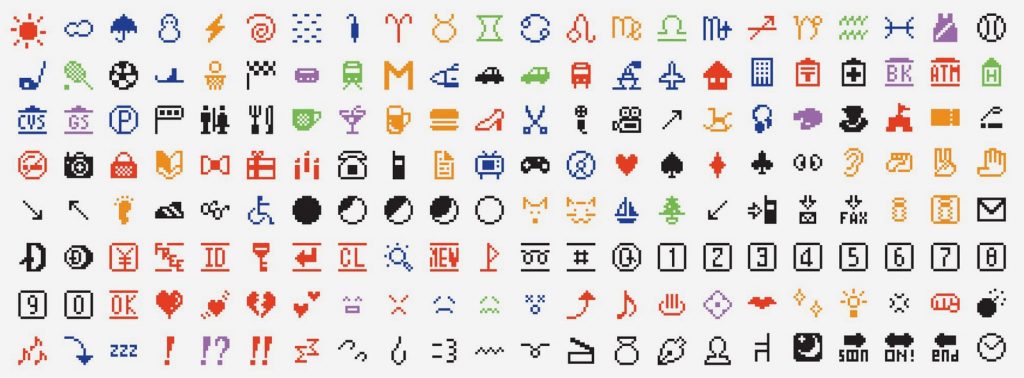

Standardization of Emoji
Before Unicode, there were hundreds of encoding systems that worked differently, which often led to the emoji showing differently on another user whose device did not have the unicode used by the sender. Unicodes standardized everything, meaning that multiple platforms will support the same text or emojis.
Things were not streamlined until 2009. In 2009 Yasuo Kida and Peter Edberg, two Apple engineers submitted an official proposal for the Emoji characters to be adopted into the Unicode Standard. Unicode accepted their proposal in 2010, which helped the spread of emoji. Unicode also decided to index emojis because of their popularity “because of their use as characters for text-messaging in a number of Japanese manufacturers’ corporate standards”. Right after the indexing of Emoji by Unicode, they were incorporated in every single thing one could imagine from keyboards to reacts and everywhere. A brief timeline who cellular devices adopted Emoji :
- 2009 – Google and Apple start making proposals for Emojis to be added to Unicode Standard.
- 2010 – Unicode accepts the proposal and makes emoji characters a part of it.
- 2011 – Apple adds an official emoji keyboard.
- 2013 – Android adds an official emoji keyboard.
Emojis became very important for people because the addition of different genders, flags, objects etc. made everyone want to be a part of it and to this day emojis are being added to show feelings, represent people and a way of communication. There have been numerous additions to the list of emojis in Unicode since its adoption and as of 5th Jun 2020, there are 3304 emojis which you can view at Unicode Emoji Chart. Standardization of Emojis ensured that the emoji as seen by the sender will appear the same way to the receiver.
What Does Emoji Mean ?
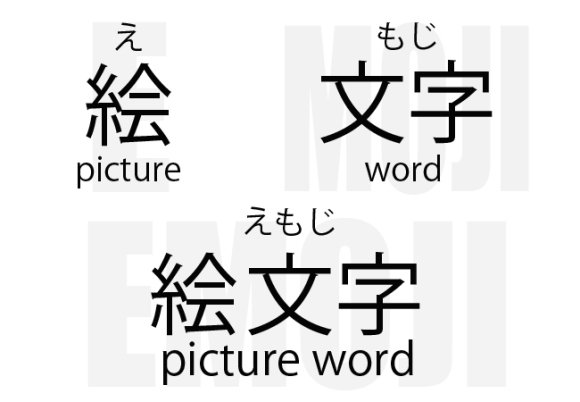

Emoji literal meaning is Picture Word. The word emoji comes from Japanese 絵 (e means picture) 文字 (moji means written character).
How To Publish Your Own Emoji ?
Emojis are added to the list of Unicode regularly, but the process is lengthy. You can always visit the FAQ which will help you get started and answer many of your current queries. Once done with the FAQ and if you are still adamant of getting your Emoji published and if you want to know how to make your own emoji that can be used by everyone then just follow these steps:
- See the list of Emoji Requests to verify that your proposed emoji have not already been proposed. Proposed Emoji does not show any graphical representation so you will have to search with keywords. Corona Emoji maybe ?
- Go through the list of Selection Factors to make sure your emoji is perfect for Unicode.
- There are limitations to everything; hence it is better to know the constraints of Unicode Encoding.
- In the end, you will need to see a few example submissions which help modify your proposal according to the needs.
- Prepare a document according to this form only: Form of Emoji Submissions.
- Send your document via email: [email protected].
You can not SKIP any of the steps and it is important to go through each link and follow the procedure if you want to make your Emoji to eventually get published.
Conclusion
Emojis have indefinitely changed the way people interact with others online and they keep evolving into so much more like at first they were used to show the weather and represent a handful of expressions and things, but now they represent people, race, gender and with the immense amount of emojis people can depict almost anything. These emojis have also evolved in platforms such as Facebook had a simple like button, but now it is the react button using which you can express your feelings as well.


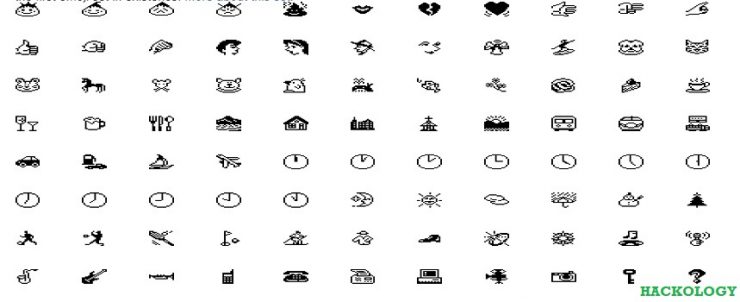
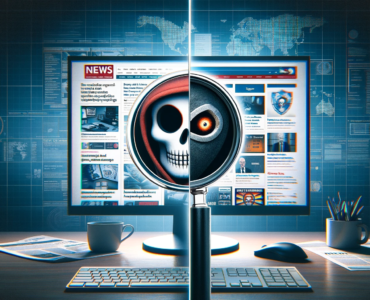









[…] that has planned to function the HAPS networks. Softbank was also the first company to make the first emoji. This company is known for developing unmanned solar powered aircrafts used for telecommunications […]